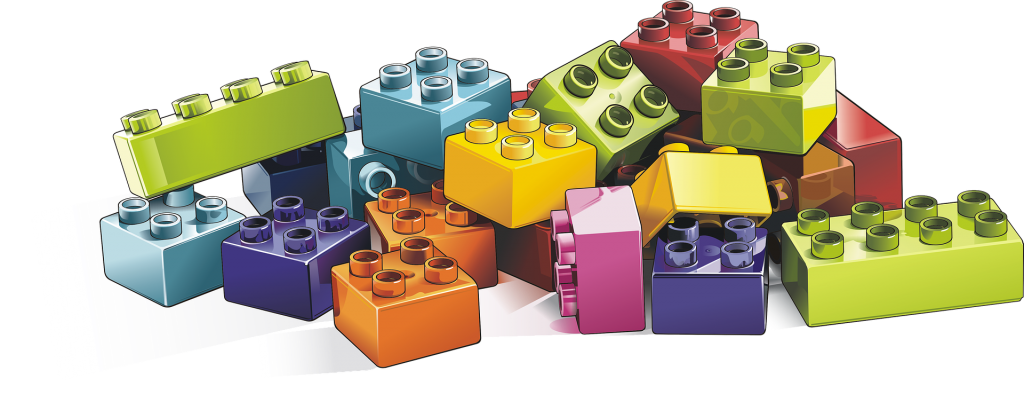In this post…
Managing a project can be an overwhelming experience, especially a larger project with several moving parts. Deadlines, deliverables, and budgets all need to be harmonized if the project is to be a success. Whether you are using Scrum, or more traditional waterfall project management methods, breaking down a project into manageable milestones and tasks is the first step. In our experience managing web and software development projects, this modular approach worked best. Here’s how we recommend doing it.
Define your deliverables as milestones
Project deliverables can be internal, meaning they are only to be seen by the team, or they can be presented to the client as a way to garner feedback. These are moments in the project where we pause to review and measure progress so we can keep the project going in the right direction.
The first step in breaking down a project is to define the deliverables, also known as milestones or sprints. In the example of a web project, these milestone deliverables could be wireframes, mockups, prototypes, and code development.
The importance of breaking down a project into milestones is twofold. First, it gives us a rough schedule we can use to check progress along the way. And second, it gives us buckets we can use in the next step when we start breaking down the project into tasks.
Break down deliverables into tasks
Now that we have our milestone deliverables defined, the project needs to be broken down into tasks and placed into each milestone. It’s impossible to scope out an entire web or software project at the start, so focus only on the first few milestones (We can’t predict how the project will progress, so we’ll revisit the latter milestones when the project requires it).
The goal is to break down each milestone into a list of tasks, or to dos, that the team can work on. Going back to the web project example, the first deliverable could require research, copywriting, and design, each of which can be assigned as tasks.
Milestones are guidelines for what needs to be done to finalize each deliverable. However, they can and should be fluid. Tasks can be moved around as needed to keep the project on track.
Managing milestones and tasks
As mentioned above, it’s near impossible to scope out an entire web or software project from the start. The Scrum methodology of project management embraces this truth, and handles it by way of Sprints and Stories (which are roughly equivalent to milestones and tasks). The point is that the process of breaking down a project into manageable milestones and tasks is going to be a universal and ongoing one.
As the project progresses and begins to take shape, planning out the next few milestones will be much easier, but the process will be the same. Review the work that is yet to be done and break it down into tasks. But, also keep the overall project scope and schedule in mind. While those future milestones and tasks might be distant and undefined, the team should be having regular discussions about the remaining work and a plan for getting it all done on time.
Next steps
Before you start your next project, you need to find the right task management software for your team. There are countless apps to choose from. This list of the 30 best task management software is a good place to start the search.
For teams who need more than just task management, we recommend Intervals. Our flagship workflow software includes project management, time tracking, reports, document sharing, and more.
